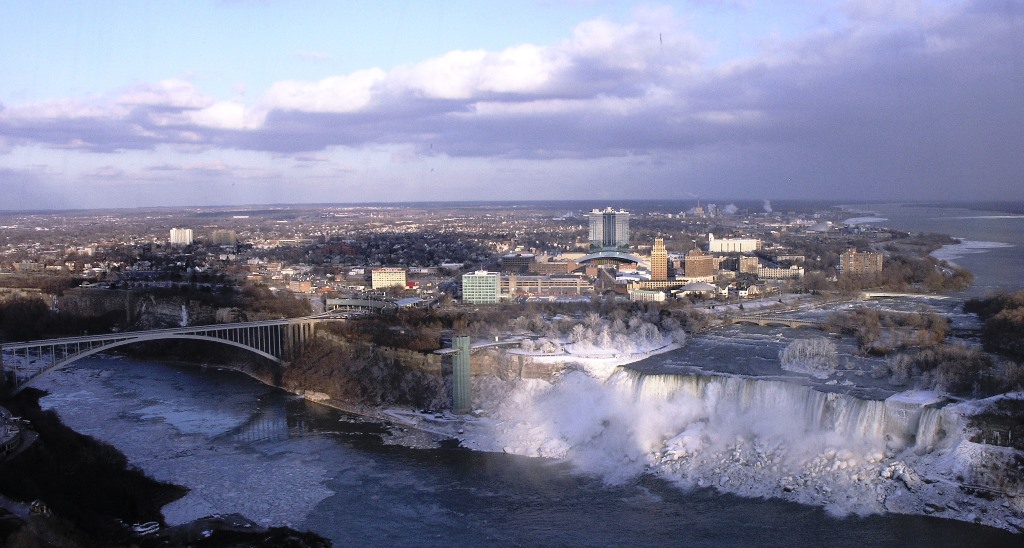On September 30, 2022, the New York State Department of Environmental Conservation (DEC) released their draft version of New York’s Great Lakes Action Agenda 2022-2030.
It’s a multi-year action plan to guide restoration and conservation—and foster sustainable, resilient, communities—in New York‘s Great Lakes region.
The Action Agenda advances a wide range of efforts to safeguard water quality, improve habitats for fish and wildlife, manage invasive species, promote sustainability, and enhance community resilience to climate change in a region that spans more than 40 percent of New York State’s land area and includes Lake Erie, the Niagara River, Lake Ontario, the St. Lawrence River, and their respective watersheds.
“The updated Agenda takes Great Lakes restoration and protection to the next level by building on and further leveraging the successful efforts advanced by the first Agenda released in 2014,” DEC Commissioner Basil Seggos said.
“DEC will continue to strengthen and diversify our partnerships with State and local partners, effectively respond to our most pressing environmental challenges like climate change, and ensure that present and future generations continue to benefit from the high-quality water and natural resources of the Great Lakes region,” he added.
In support of New York’s ecosystem-based management goals, the Great Lakes Action Agenda (GLAA) promotes collaborative, science-informed decision-making to achieve outcomes that support the needs of people, nature, and the economy. It’s the sort of challenge that needs appropriate tools that can wed the goals of revitalization and resilience, such as those now being offered by the RISING PLACES initiative.
The draft 2022-2030 GLAA includes new cross-cutting priorities that reflect the State’s commitment to inclusion and engagement of diverse stakeholders and historically underserved communities. The updated GLAA also proposes new metrics for evaluating implementation progress and improvements in environmental conditions over time.
The GLAA is funded by the State’s Environmental Protection Fund (EPF), under the Ocean and Great Lakes Ecosystem Conservation Act, and is administered through DEC’s Great Lakes Program with collaborating stakeholders and partners.
Among the many environmental victories in the 2022-23 State Budget (leaves DEC website), Governor Hochul succeeded in increasing the EPF from $300 to $400 million, the highest-ever level of funding in the program’s history.
The EPF provides funding for critical environmental programs and projects such as land acquisition, farmland protection, invasive species prevention and eradication, enhanced recreational access, water quality improvement, climate change resilience, and environmental justice, to ensure all New Yorker’s benefit from sustained ecosystem services, such as drinking water, swimming, and fishing.
Public comments will be accepted until November 11, 2022, and submitted to greatlakes@dec.ny.gov.
Photo of Niagara Falls, New York via Pixabay.

